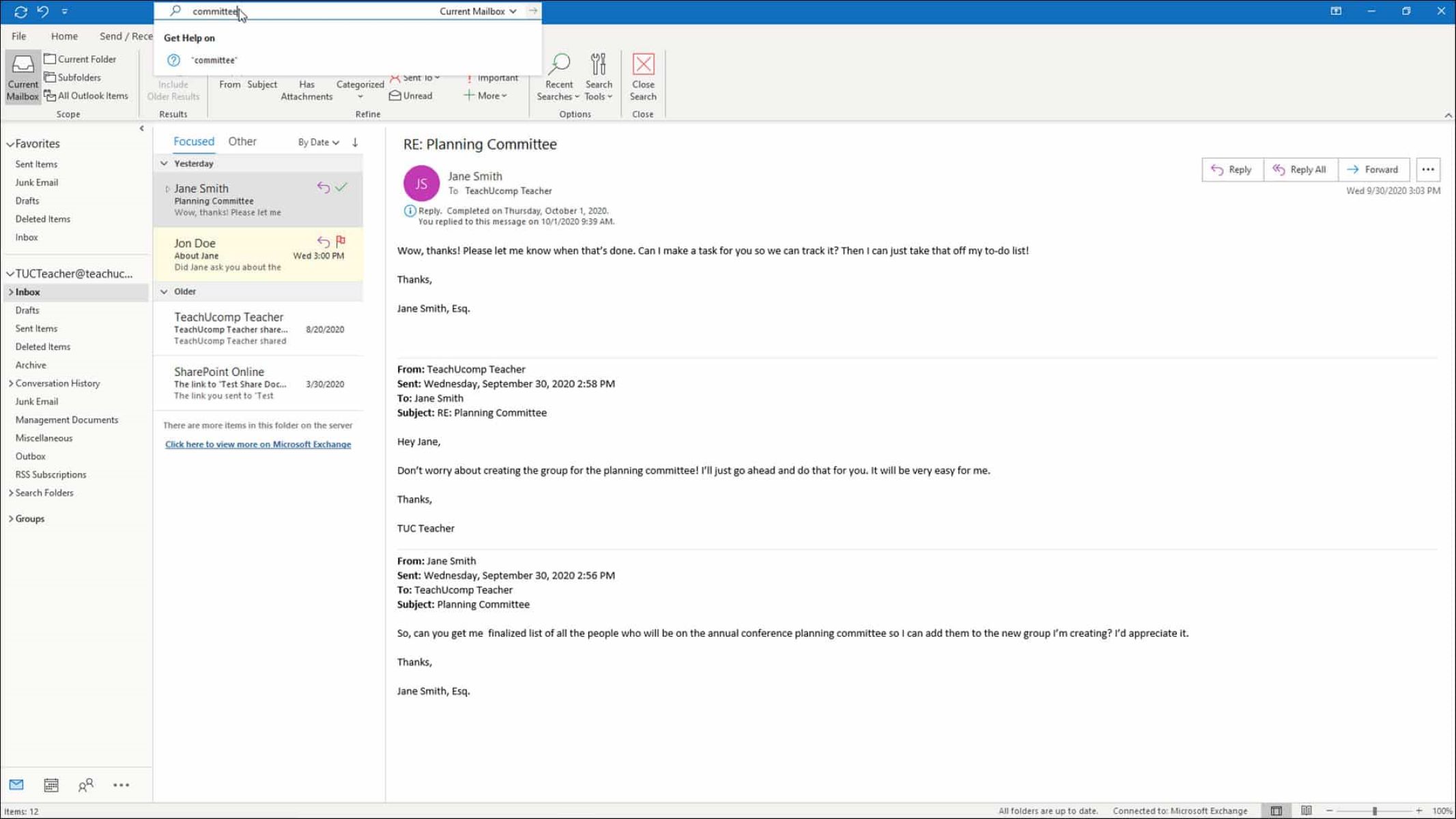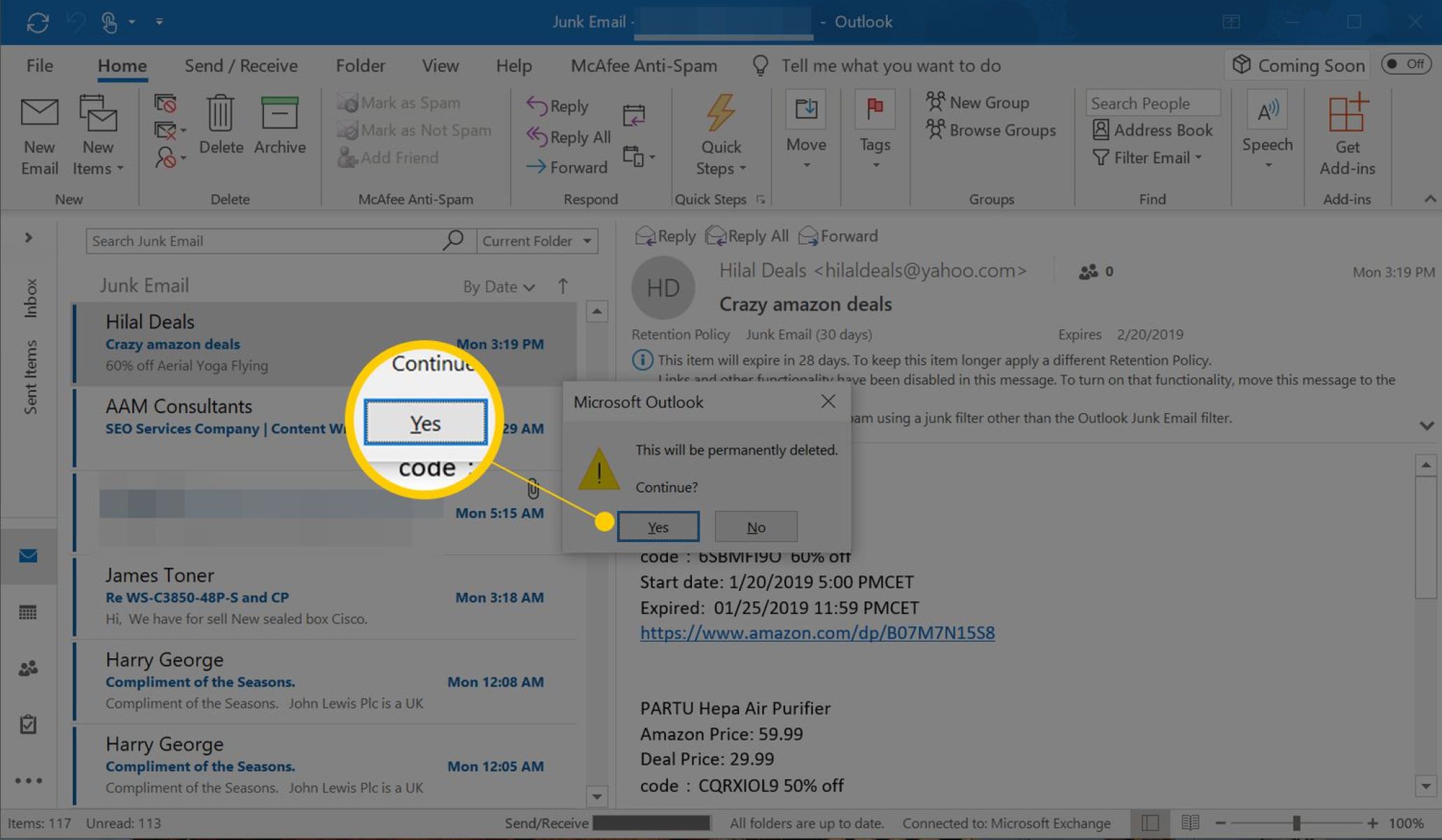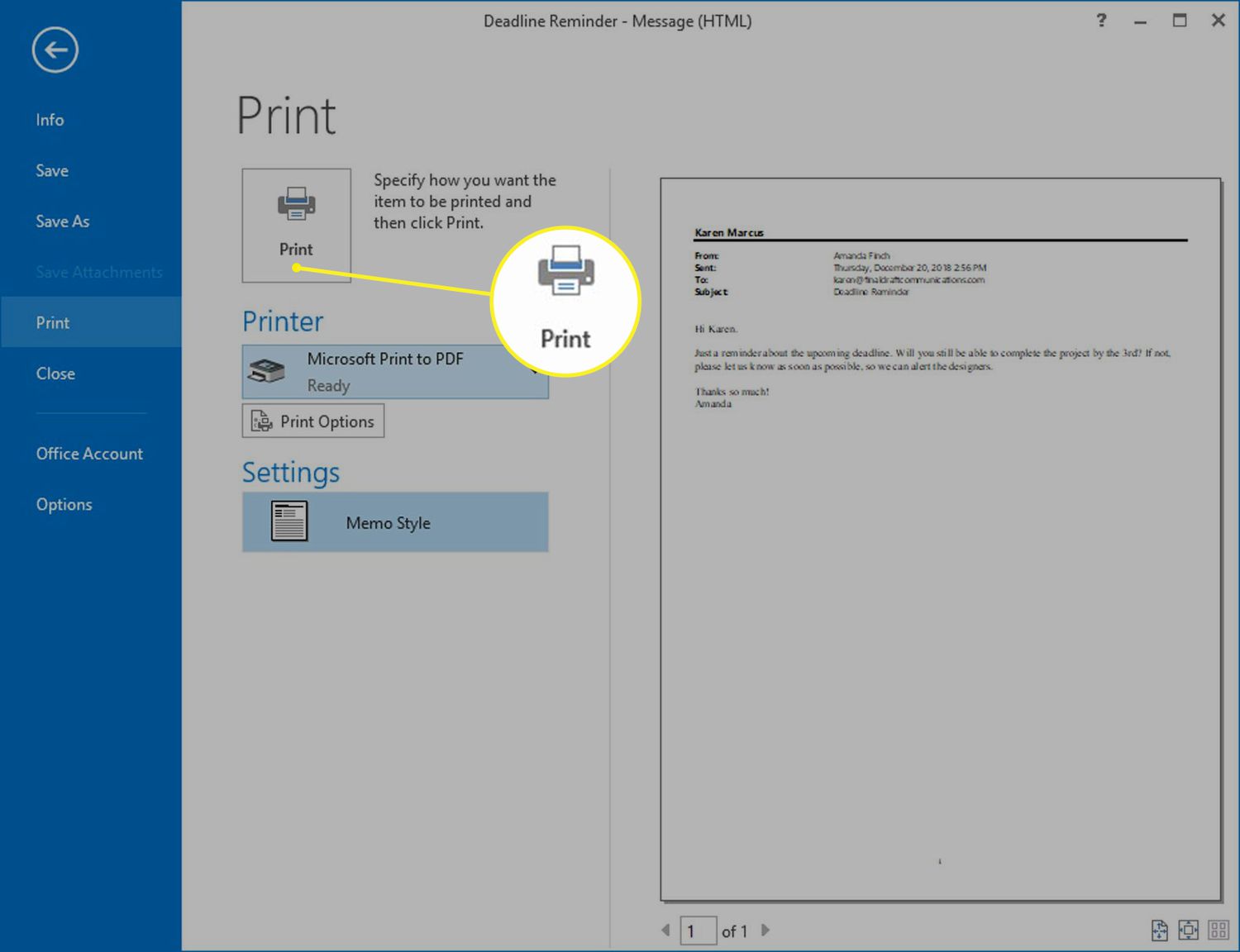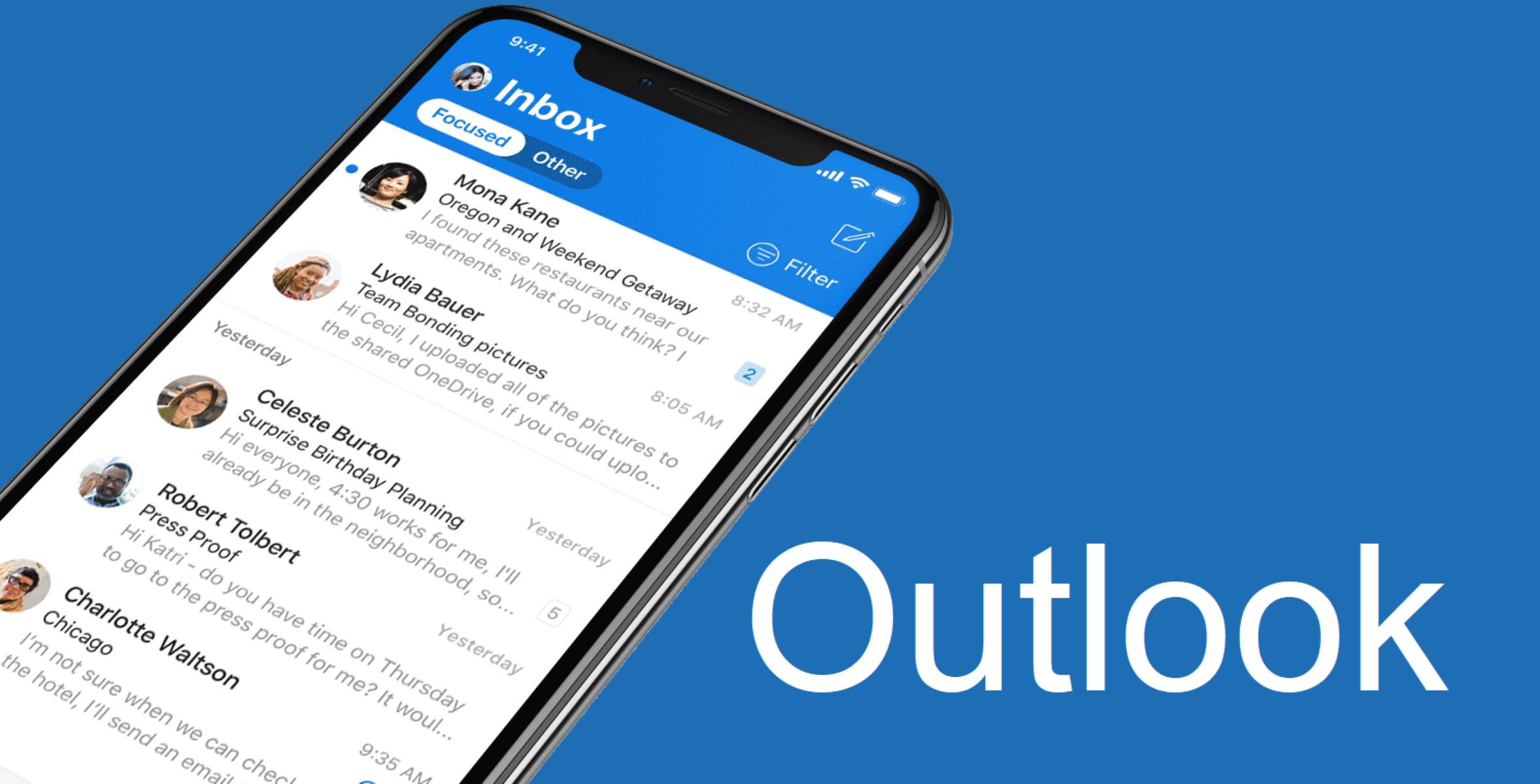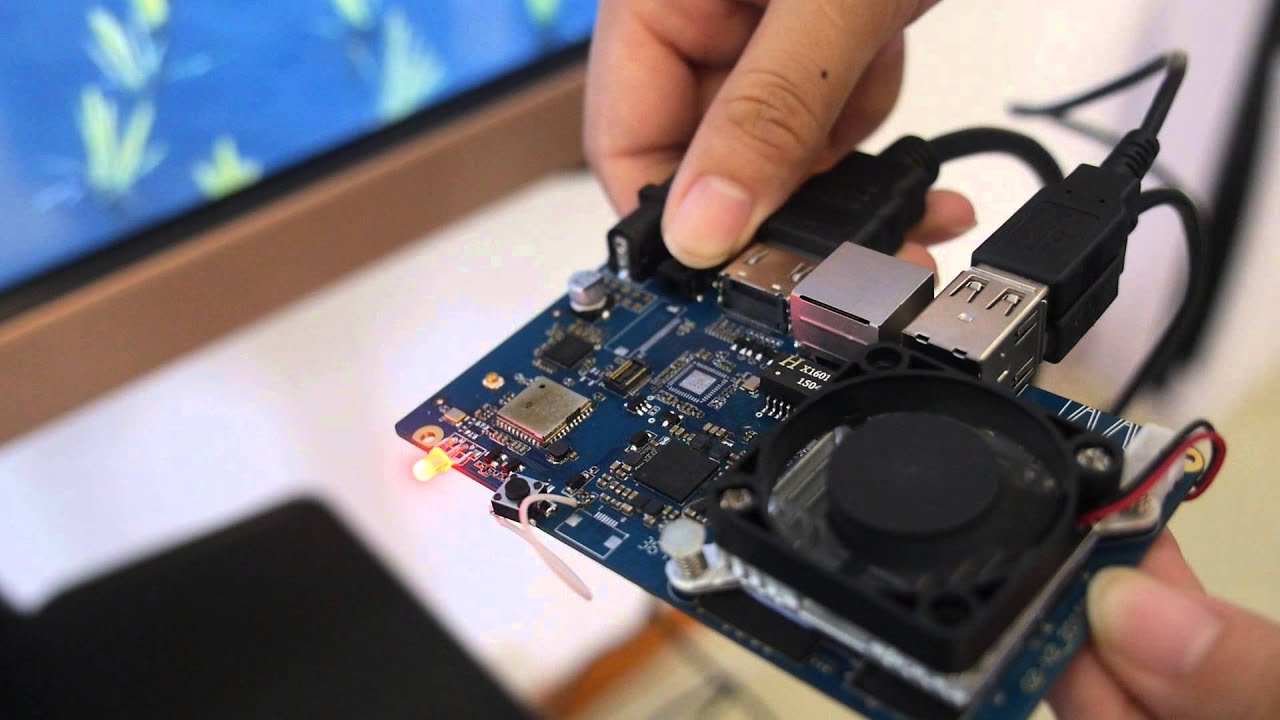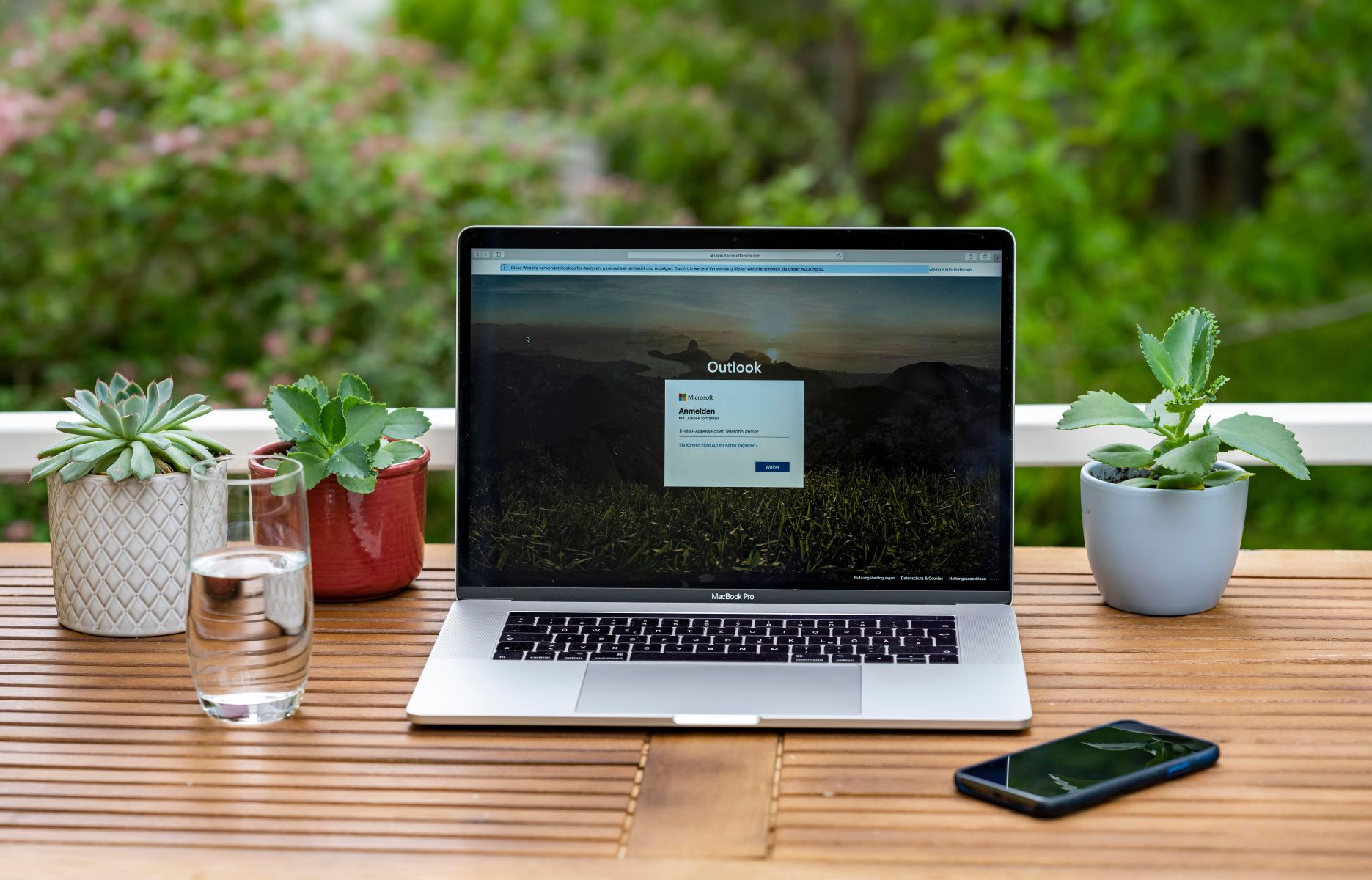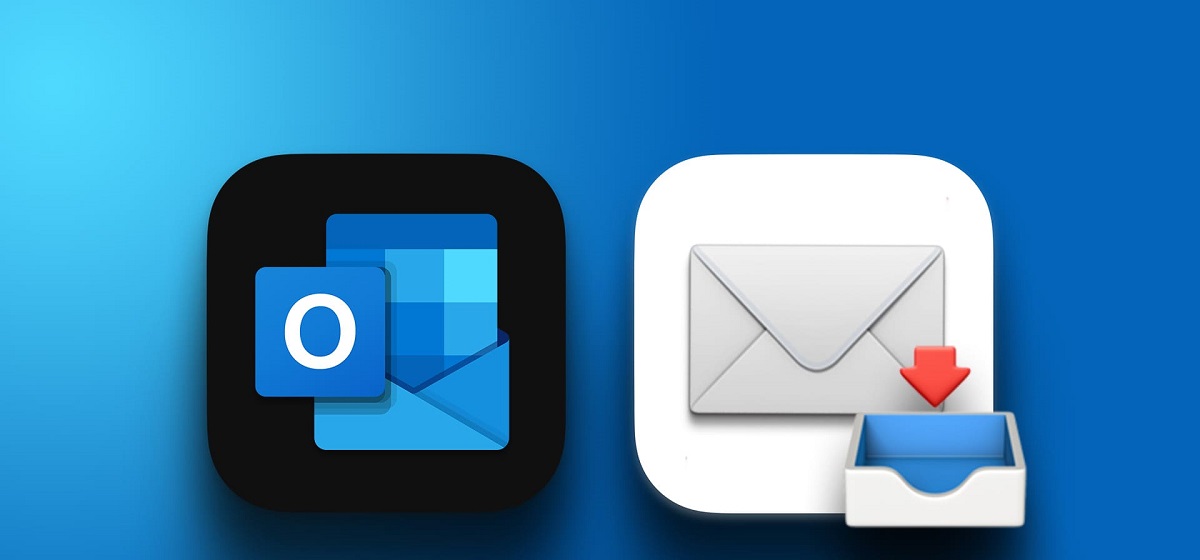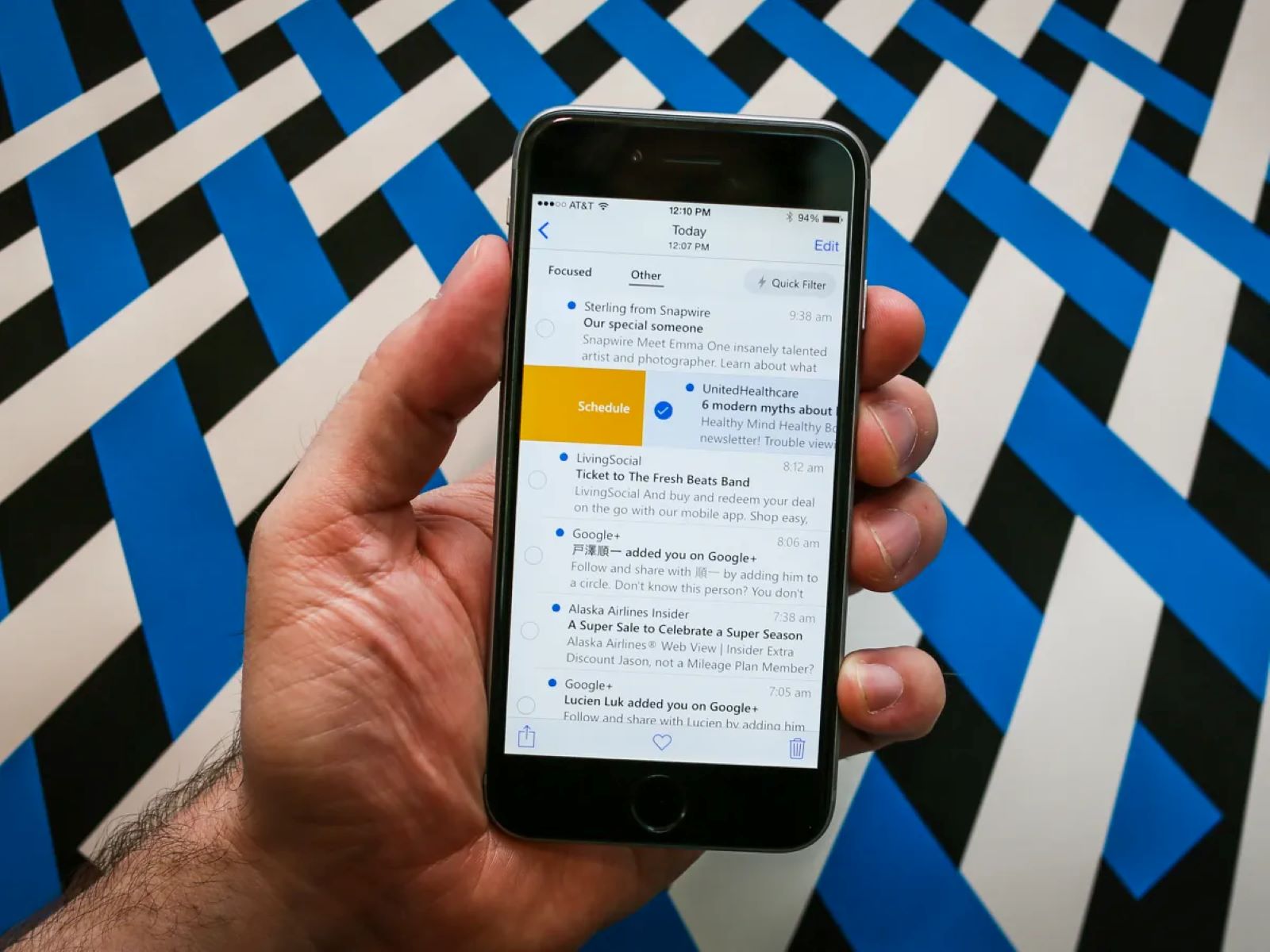Introduction
Accessing your Outlook email is essential for staying connected, managing your messages, and staying on top of important communications. Outlook is a popular email service provided by Microsoft that offers a user-friendly interface and a range of features to enhance your email experience.
Whether you are using Outlook for personal or professional purposes, knowing how to access your email is crucial. In this article, we will guide you through the various methods of accessing your Outlook email, including through a web browser, on mobile devices, and on desktop clients.
Setting up Outlook email is the initial step before being able to access your messages. You will need to create a Microsoft account or sign in with an existing one. Once you have set up your Outlook email, you can access it from anywhere, ensuring that you never miss an important message.
Accessing your Outlook email through a web browser is convenient and straightforward. Whether you are using a computer or a laptop, simply open your preferred browser and navigate to the Outlook website. Sign in using your Microsoft account credentials, and you will have full access to your email inbox, folders, and other features.
For those who frequently use their mobile devices, accessing Outlook email on the go is crucial. Microsoft provides dedicated Outlook apps for both iOS and Android devices. Simply download the app from the respective app stores, sign in with your Microsoft account, and enjoy a seamless email experience on your smartphone or tablet.
If you prefer to manage your emails through a desktop client, such as Microsoft Outlook or Mac Mail, you can configure your Outlook email account on these applications. This allows you to access your email directly from the client, sync your messages, and take advantage of additional productivity features.
Although accessing Outlook email is typically a smooth process, you may occasionally encounter issues. Whether it’s trouble signing in, a slow loading interface, or error messages, troubleshooting these problems can help you regain access to your email. We will explore some common issues and provide solutions to help you overcome them.
Now that you know the importance of accessing your Outlook email and have a preview of the different methods available, let’s delve into each one in more detail. By the end of this article, you will be confident in your ability to access your Outlook email and manage your messages effectively.
Setting up Outlook Email
Before you can access your Outlook email, you need to set it up. Setting up Outlook email is a straightforward process that involves creating a Microsoft account or signing in with an existing one.
If you don’t already have a Microsoft account, you can easily create one by visiting the Microsoft account signup page. Click on the “Create account” button and follow the instructions to enter your personal information, including your name, email address, and password. Once you have completed the signup process, your Microsoft account will serve as your credential for accessing Outlook email.
If you already have a Microsoft account, you can simply sign in with your existing credentials. Ensure that you have remembered your email address and password to ensure a smooth sign-in process.
After signing in to your Microsoft account, you will be redirected to the Outlook website. Here, you will find your email inbox, as well as access to a range of features and settings. Outlook provides a user-friendly interface with intuitive navigation, making it easy to navigate through your emails, organize your folders, and customize your email settings to suit your preferences.
Once you have successfully set up your Outlook email account, it is important to take some steps to secure it. Enable two-factor authentication for an added layer of security, which requires an additional verification code to be entered when signing in to your account. You can also set up a recovery email and phone number to help you regain access to your account if you ever forget your password or get locked out.
Additionally, explore the various settings available in Outlook to customize your email experience. You can choose the default language, set up automatic email replies for when you are away, create rules to organize your inbox, and customize the appearance of your email interface.
Now that you know how to set up your Outlook email account, you are ready to access your email and start managing your messages. In the following sections, we will explore the different methods of accessing Outlook email, including through a web browser, on mobile devices, and on desktop clients.
Accessing Outlook Email on a Web Browser
Accessing your Outlook email on a web browser is a convenient way to stay connected and manage your messages from any device with an internet connection. Whether you are using a computer, laptop, or tablet, accessing Outlook email through a web browser is a simple process.
To access your Outlook email on a web browser, start by opening your preferred browser (such as Google Chrome, Mozilla Firefox, or Microsoft Edge). In the address bar, type in the URL for Outlook, which is https://outlook.com. Press Enter to load the Outlook website.
Once the Outlook website loads, you will see the sign-in page. Enter your Microsoft account email address and password into the respective fields. If you want to stay signed in to your account, check the “Keep me signed in” option. However, it is advisable to only use this option on personal devices and avoid it on public or shared computers for security reasons.
After entering your credentials, click on the “Sign in” button to access your Outlook email. If the information you entered is correct, you will be redirected to your email inbox.
Outlook offers a user-friendly interface with easy navigation. On the left side of the screen, you will find a menu with options to view your inbox, sent items, drafts, and other folders. Clicking on any of these options will display the corresponding emails in the main content area.
At the top of the screen, you will find a toolbar with various options for managing your emails. You can compose a new email, reply to or forward messages, delete emails, mark them as read or unread, and perform other actions to organize your inbox.
Outlook also provides additional features, such as the ability to create folders to organize your emails, apply filters and rules to automatically sort incoming messages, and search for specific emails using keywords or filters.
Accessing your Outlook email through a web browser gives you the flexibility to access your messages from any device, whether it’s your own computer or a public computer at a library or internet cafe. Make sure to sign out of your account when you are finished to protect your privacy and prevent unauthorized access to your email.
In the next section, we will explore how to access Outlook email on mobile devices through dedicated apps for iOS and Android.
Accessing Outlook Email on a Mobile Device
In today’s mobile-centric world, having access to your Outlook email on your smartphone or tablet is essential. Microsoft provides dedicated Outlook apps for both iOS and Android devices, offering a seamless and optimized email experience on the go.
To access your Outlook email on a mobile device, start by visiting the respective app store for your device. For iOS users, go to the Apple App Store, and for Android users, go to the Google Play Store.
Search for the “Outlook” app and tap on the install or download button to get the app on your device. Once the installation is complete, launch the app by tapping on the Outlook icon on your home screen.
When you open the Outlook app for the first time, you will be prompted to sign in with your Microsoft account. Enter your email address and password in the designated fields, and if desired, enable the “Stay signed in” option for automatic sign-in in the future.
If you have multiple accounts associated with your Microsoft account, such as work or school emails, you will be given the option to add them to the app. Simply tap on “Add Another Account” and follow the prompts to add the additional accounts to your Outlook app.
Once you have signed in, the Outlook app will sync your emails, contacts, and calendar events. You will be directed to your inbox, where you can view and manage your emails. The Outlook app offers a user-friendly interface with intuitive gestures and navigation, making it easy to swipe, search, and organize your emails.
In addition to accessing your email, the Outlook app provides several features to enhance your productivity. You can schedule and manage appointments, set reminders, create tasks, and sync your contacts across devices. The app also supports push notifications, so you can stay up-to-date with new email alerts even when the app is closed.
The Outlook app allows you to interact with other Microsoft and third-party apps seamlessly. You can open attachments in Word, Excel, or PowerPoint, collaborate on documents in Microsoft Teams, and integrate with other productivity tools that you rely on for work or personal purposes.
Accessing your Outlook email on a mobile device ensures that you can stay connected and manage your messages on the go. The Outlook app provides a unified experience across all your devices, making it easy to switch between your computer and mobile devices without missing a beat.
Next, we will explore how to configure Outlook email on popular desktop clients like Microsoft Outlook and Mac Mail.
Configuring Outlook Email on Desktop Clients
If you prefer to manage your emails using a desktop client, such as Microsoft Outlook or Mac Mail, you can easily configure your Outlook email account on these applications. Configuring Outlook email on desktop clients allows for offline access, syncs your emails across devices, and provides additional advanced features.
Here’s how you can configure your Outlook email on popular desktop clients:
- Microsoft Outlook: If you are using Microsoft Outlook, the configuration process is seamless. Open Outlook and click on the “File” tab or the “Outlook” menu at the top of the screen. From there, click on “Add Account” to launch the account setup wizard. Enter your name, Outlook email address, and password in the appropriate fields. Outlook will automatically detect the server settings and configure your account. Once the configuration is complete, you can start accessing your Outlook email directly from the Outlook application.
- Mac Mail: If you are using a Mac computer, you can configure your Outlook email on the built-in Mail application. Open the Mail app and go to the “Mail” menu, located in the menu bar at the top of the screen. Choose “Add Account” from the drop-down menu and select “Exchange” as the account type. Enter your name, Outlook email address, and password in the provided fields. Click “Continue” and wait for the Mail app to verify the account settings. Once verified, your Outlook email account will be successfully configured in Mac Mail.
- Other Desktop Clients: If you are using a different desktop email client, such as Thunderbird or Outlook Express, the configuration process may vary slightly. Generally, you will need to select the option to add a new email account and enter your Outlook email address, password, and the incoming and outgoing server settings. Refer to the documentation or help resources of your specific email client for detailed instructions on how to configure an Outlook email account.
Configuring Outlook email on desktop clients offers several advantages. You can access and manage your emails even when you are offline, as the client will sync your messages once you connect to the internet. It also provides a more integrated email experience, allowing you to utilize advanced features such as categorizing emails, creating custom rules and filters, and setting up automatic replies or forwarding rules.
By configuring your Outlook email on a desktop client, you can streamline your email management and take advantage of the additional features and capabilities offered by the client application.
Next, we will explore some common issues you may encounter while accessing your Outlook email and provide troubleshooting tips to resolve them.
Troubleshooting Outlook Email Access Issues
While accessing Outlook email is usually a smooth process, there may be times when you encounter issues that prevent you from accessing your account. Here are some common Outlook email access issues and troubleshooting steps to help you resolve them:
- Incorrect Login Credentials: Double-check that you are entering the correct email address and password. Pay attention to uppercase and lowercase letters and ensure that the Caps Lock key is not enabled. If you can’t remember your password, use the “Forgot password” option to reset it.
- Internet Connectivity: Verify that you have a stable internet connection. Slow or unreliable internet can cause issues when accessing your Outlook email. You can try connecting to a different network or restarting your modem/router to improve your connection.
- Clear Browser Cache: If you are accessing Outlook email through a web browser and experiencing issues, clearing your browser cache can help. Go to your browser’s settings and look for the option to clear browsing data or cache. Select the appropriate time range and ensure that the “Cache” option is selected. Once cleared, try accessing your Outlook email again.
- Disable Browser Extensions: Some browser extensions or add-ons can interfere with the functionality of Outlook email. Disable any extensions that may be causing conflicts by going to your browser’s settings and accessing the extensions/add-ons menu. Disable one extension at a time and try accessing your email to identify the problematic one.
- Security Software: If you have security software installed on your device, such as antivirus or firewall, it may be blocking access to your Outlook email. Temporarily disable or whitelist Outlook in your security software settings to test if it is causing the issue.
- Check Service Status: In rare cases, there may be an issue with the Outlook service itself. Check the official Microsoft service status page or search online for any reported issues. If there is a service disruption, you may need to wait until the issue is resolved.
- Contact Support: If you have tried the above steps and are still unable to access your Outlook email, it is recommended to reach out to Outlook support for further assistance. They can help troubleshoot the issue specific to your account and provide personalized solutions.
By following these troubleshooting steps, you can resolve many typical Outlook email access issues and regain full access to your account. Remember to keep your login credentials secure and regularly update your password to ensure the protection of your Outlook email.
In the next section, we will summarize the key points discussed in this article and provide a concluding statement.
Conclusion
Accessing your Outlook email is essential for staying connected, managing your messages, and staying on top of important communications. In this article, we have explored different methods of accessing your Outlook email, including through a web browser, on mobile devices, and on desktop clients.
We began by discussing the importance of setting up your Outlook email account and the steps involved in creating a Microsoft account or signing in with an existing one. We then moved on to accessing Outlook email on a web browser, which provides flexibility and convenience by allowing you to access your email from any device with an internet connection. We also explored accessing Outlook email on mobile devices through the dedicated Outlook apps for iOS and Android.
Configuring Outlook email on popular desktop clients, such as Microsoft Outlook and Mac Mail, offers additional advantages, including offline access, advanced features, and a seamless email experience on your computer.
In the event of any access issues, we provided troubleshooting tips to help you resolve common Outlook email access issues. By implementing these steps, you can overcome problems related to login credentials, internet connectivity, browser cache, browser extensions, security software, and more.
Remember to keep your Outlook email account secure by using strong passwords, enabling two-factor authentication, and regularly updating your login credentials.
By understanding the various methods of accessing Outlook email and knowing how to troubleshoot access issues, you can ensure seamless communication and productivity in your personal and professional life.
So, whether you prefer accessing your Outlook email on a web browser, mobile device, or desktop client, you now have the knowledge and tools to access your email and manage your messages effectively.







